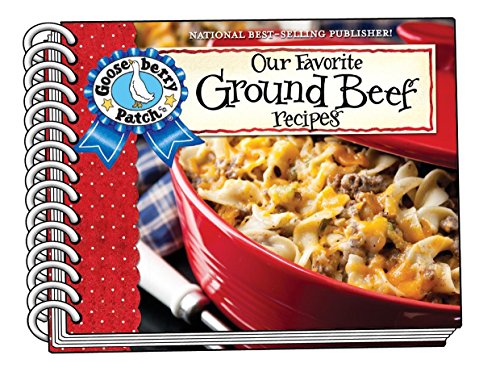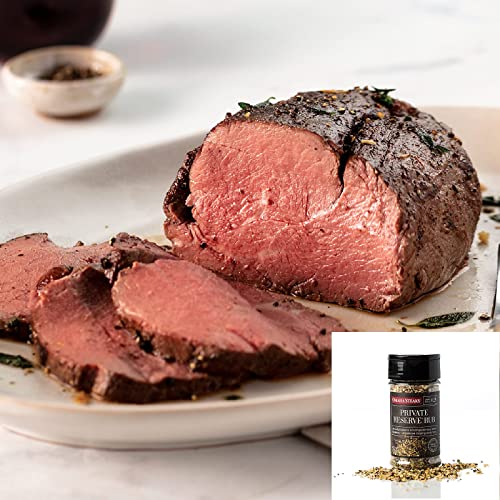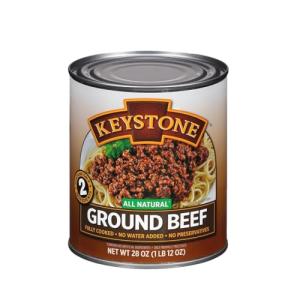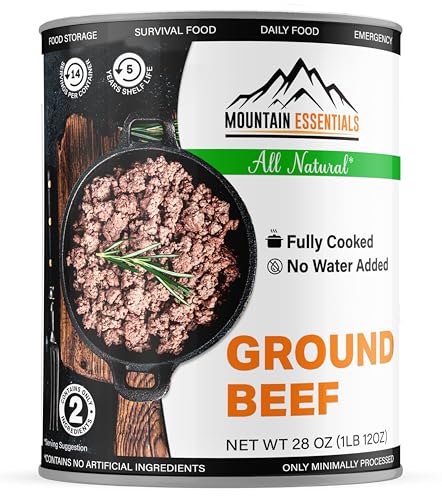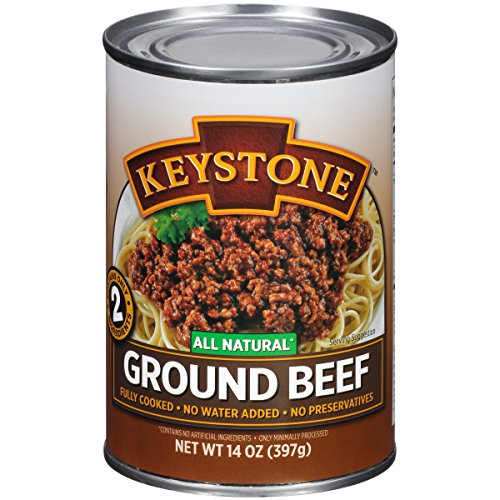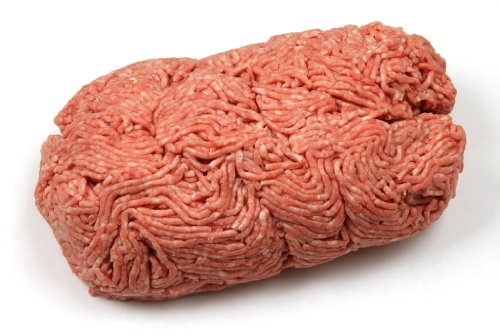When it comes to beef butchery, knowing which cuts to pick can make a world of difference in your cooking. Whether you’re grilling, roasting, or slow cooking, the right cut has the power to elevate your meal. First off, think about the cooking method. For quick meals, go for tender cuts like filet mignon or ribeye. They’re juicy and full of flavor, perfect for a steak dinner.
If you're in the mood for something low and slow, brisket and chuck roast are excellent choices. These cuts come from the tougher parts of the cow and need time to break down. But trust me, when cooked right, they turn melt-in-your-mouth tender. Don't forget about ground beef, which is super versatile and essential for burgers, tacos, and meatballs.
When you're at the butcher shop or grocery store, don't hesitate to ask the butcher for recommendations. They know their beef and can help you pick out the freshest cuts. Look for bright red color and good marbling. The marbling—that little bit of fat within the meat—adds flavor and juiciness, which is what you want for that perfect dish.
Lastly, consider your budget. Some cuts can be pricey, but there are affordable options that deliver big taste. Cuts like flank steak or sirloin can be delicious without breaking the bank. With some marinating or the right seasoning, you can create restaurant-quality meals from these less expensive options. Exploring all these choices can make your beef butchery experience not just fun, but also super rewarding.
Essential Tools for Butchering Beef
When diving into beef butchery, having the right tools makes all the difference. You don't need a fancy kitchen setup. Just a few essential tools can help you master this art and make some amazing cuts.
First up, a solid knife is a must. A sharp butcher's knife helps you cut through the meat smoothly, letting you create that perfect steak or roast. Look for a knife that feels comfortable in your hand. Don't forget about a boning knife, which helps you navigate around bones and joints with ease.
A sturdy cutting board is another essential tool. Choose one that's large enough to handle big cuts of beef without feeling cramped. Plastic boards are easy to clean, but wooden ones have their charm and can be more forgiving on your knife's edge.
Lastly, consider a meat tenderizer and some good quality gloves. Tenderizers break down tough fibers, making your cuts juicier and more flavorful. Gloves keep things clean while you work, and they help with grip, especially when working with slippery pieces of meat.
With these essential tools on hand, you're ready to jump into beef butchery. Don't worry if you’re new to it. Just take your time and enjoy the process of creating delicious cuts that’ll wow your family and friends!
Delicious Ground Beef Recipe Collection with Photos
Savor mouthwatering meals with easy-to-follow recipes that showcase the best of ground beef
Product information
$8.95
Product Review Score
4.1 out of 5 stars
211 reviewsProduct links
Step by Step Butchery Techniques
Getting into beef butchery might seem a bit daunting, but it's all about breaking things down into simple steps. First, you’ll want to have the right tools on hand. A sharp knife is crucial, as it helps you make clean cuts. Don’t forget to grab a sturdy cutting board, and maybe some gloves if you’d like to keep things neat.
Start with the whole cut of meat. If you're working with a larger piece, like a whole primal cut, familiarize yourself with the different sections. This will help you understand where to make your cuts. Generally, you want to start by sectioning off larger pieces before diving into smaller cuts.
Now, when it comes to actually cutting the meat, remember to follow the grain. This means that you should look for the lines in the meat and cut against them. It not only makes your cuts tender but also gives them that classic butchery look. Try to keep your cuts even in thickness; this helps with cooking evenly later on.
As you get comfortable, experiment with different cuts like steaks or ribs. Each cut has its own texture and flavor, so don’t hesitate to try them out! Also, don’t throw away those scraps; they can be great for stews or burgers. Embracing beef butchery means using every bit of that delicious beef!
Omaha Steaks 28 oz Beef Tenderloin Roast with Rub
Mouthwatering, melt-in-your-mouth beef roast seasoned to perfection for your next special dinner
Product information
Product Review Score
4.38 out of 5 stars
51 reviewsProduct links
Cooking Tips for Perfect Beef Dishes
When it comes to beef butchery, knowing how to cook your cuts right makes all the difference. Whether you're grilling steaks or slow-roasting a brisket, these tips can elevate your meals.
First off, don’t rush the meat to the grill. Let your beef sit at room temperature for about 30 minutes before cooking. This helps it cook evenly. A good sprinkle of salt before cooking boosts flavor, so don’t skip that step!
Next, use a meat thermometer to avoid any guesswork. For a medium-rare steak, aim for 130-135°F. If you're working with tougher cuts, like chuck or brisket, low and slow is the name of the game. Cook at a lower temperature for several hours to break down the connective tissue and turn that meat tender.
Resting your beef after cooking is key. Let it sit for about 10-15 minutes before slicing. This helps the juices redistribute, so you won't end up with a dry piece of meat. Slicing against the grain is also important; it creates a more tender bite. Pay attention to the grain direction and cut your portions accordingly.
If you’re concerned about flavors, marinades can work wonders, especially for leaner cuts. A simple mix of olive oil, garlic, and your favorite herbs can add depth without overpowering the natural beef taste. Try incorporating these tips into your beef butchery adventures, and you’ll impress everyone at the dinner table!
